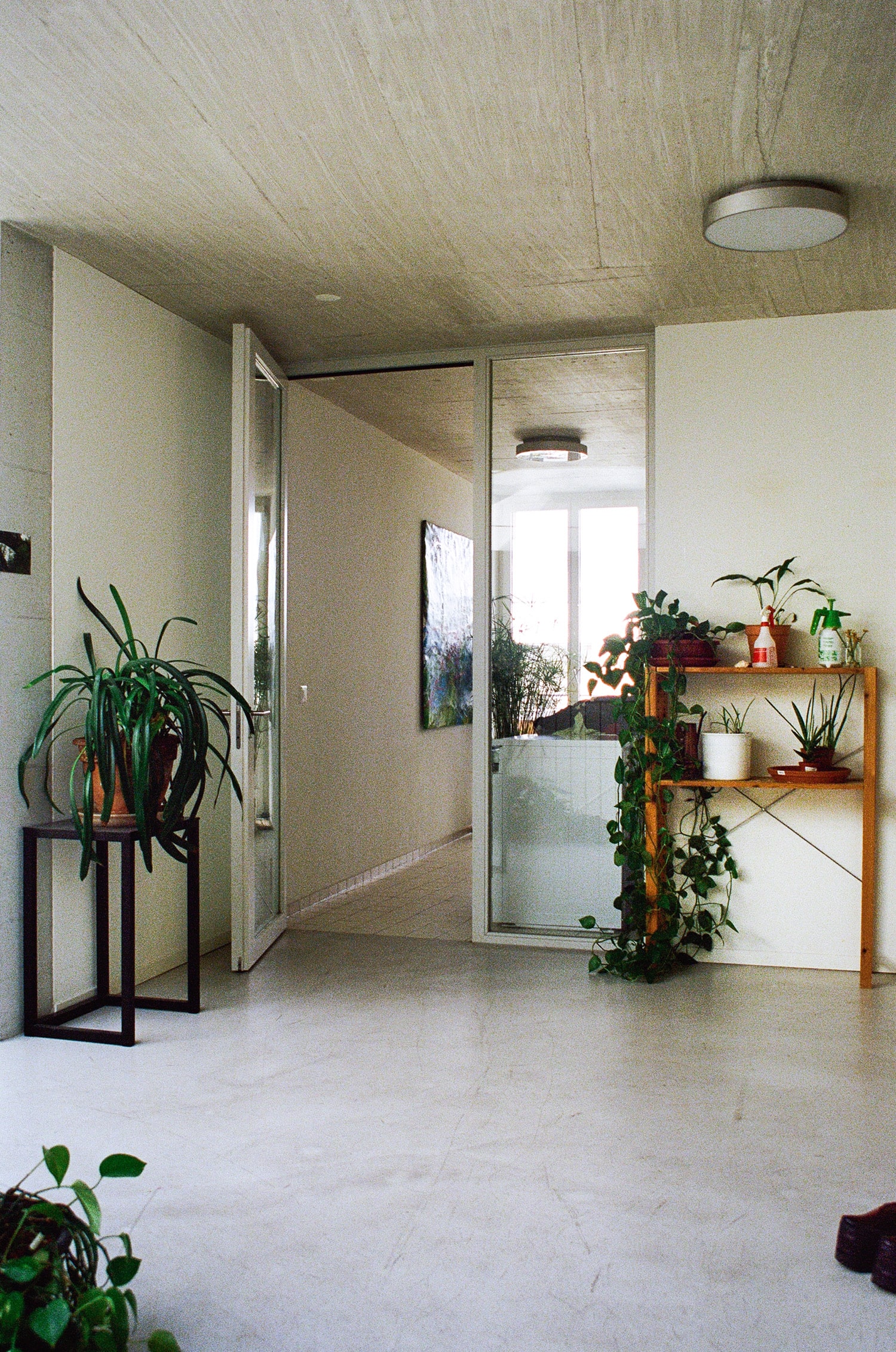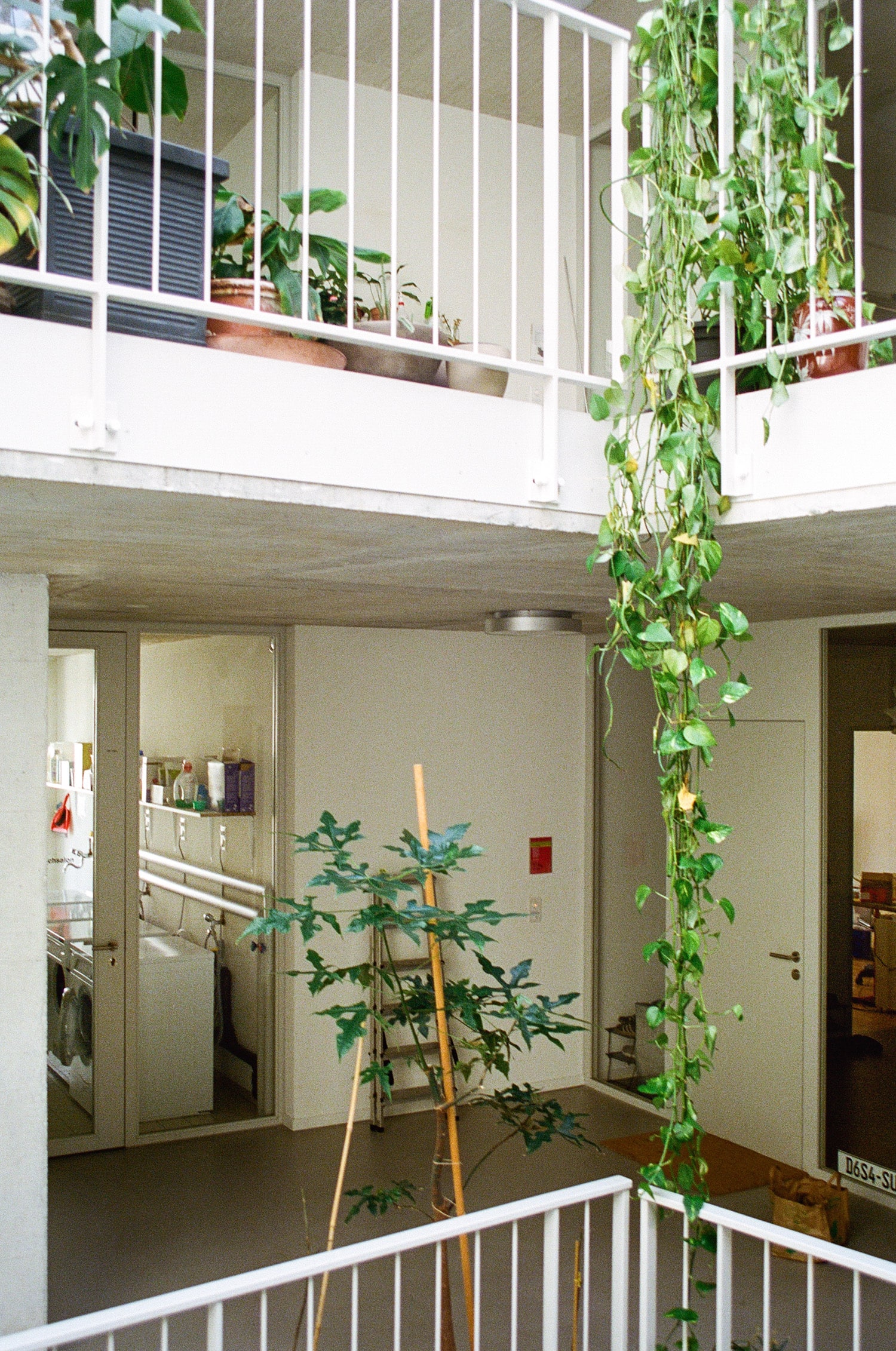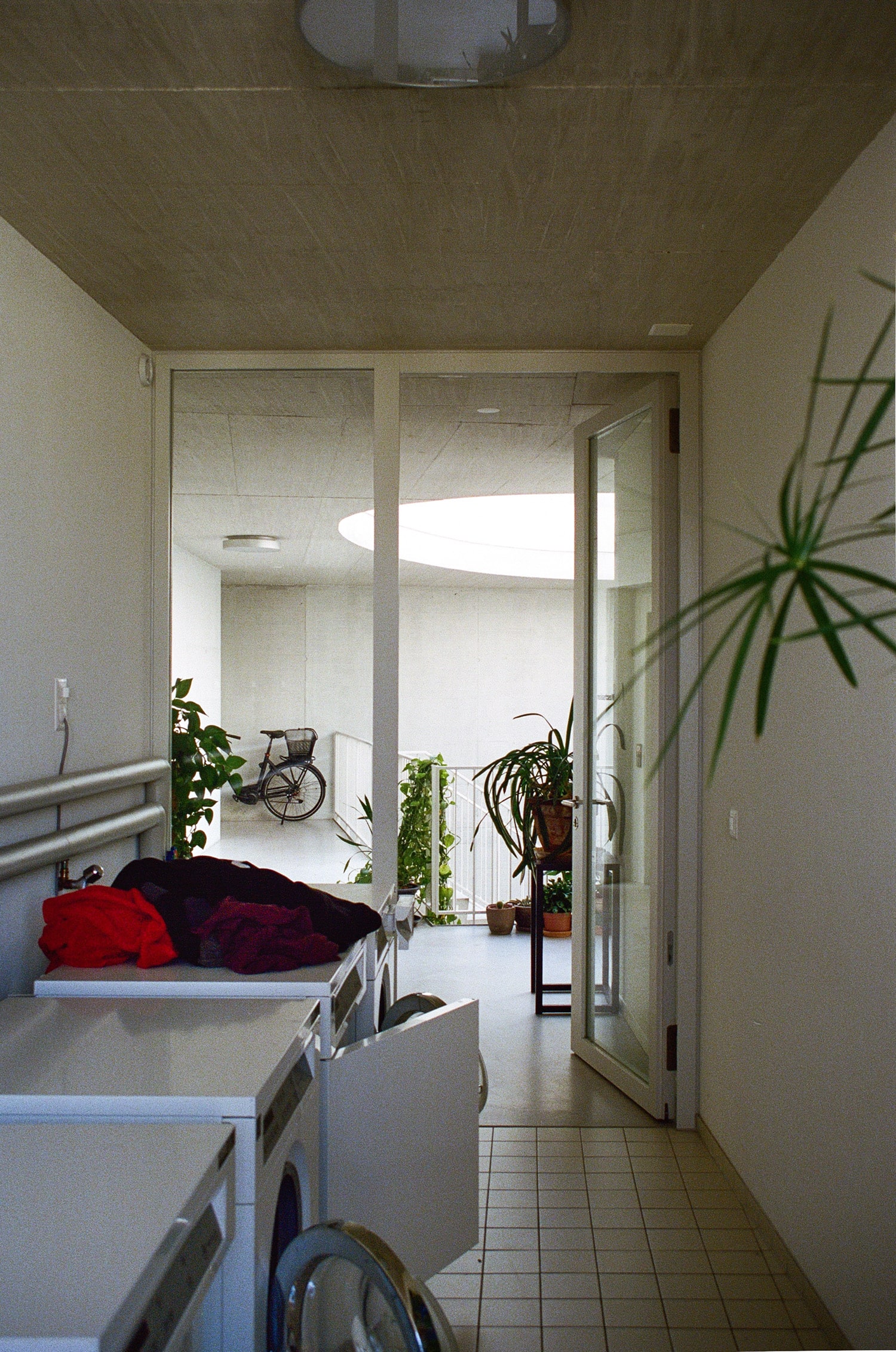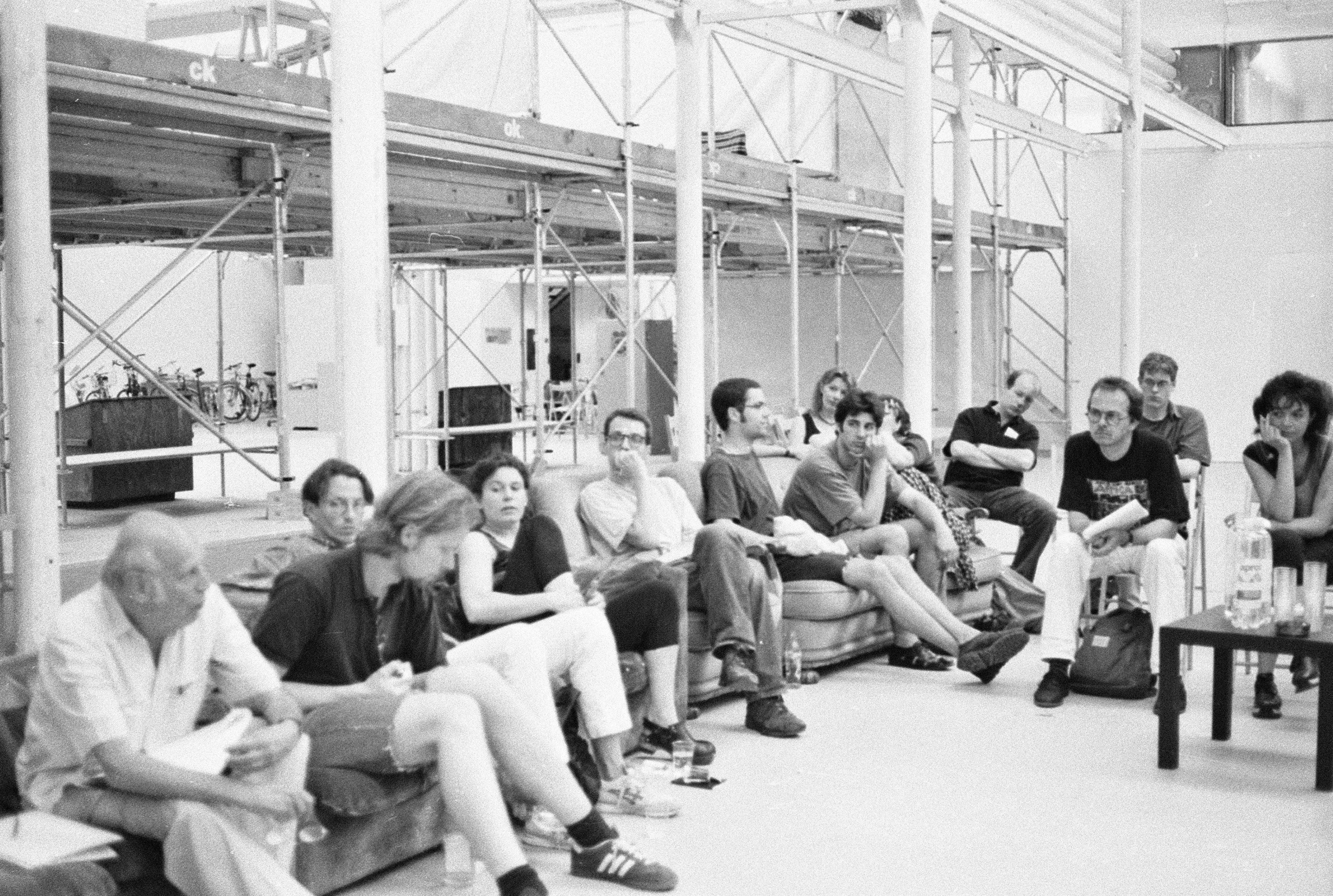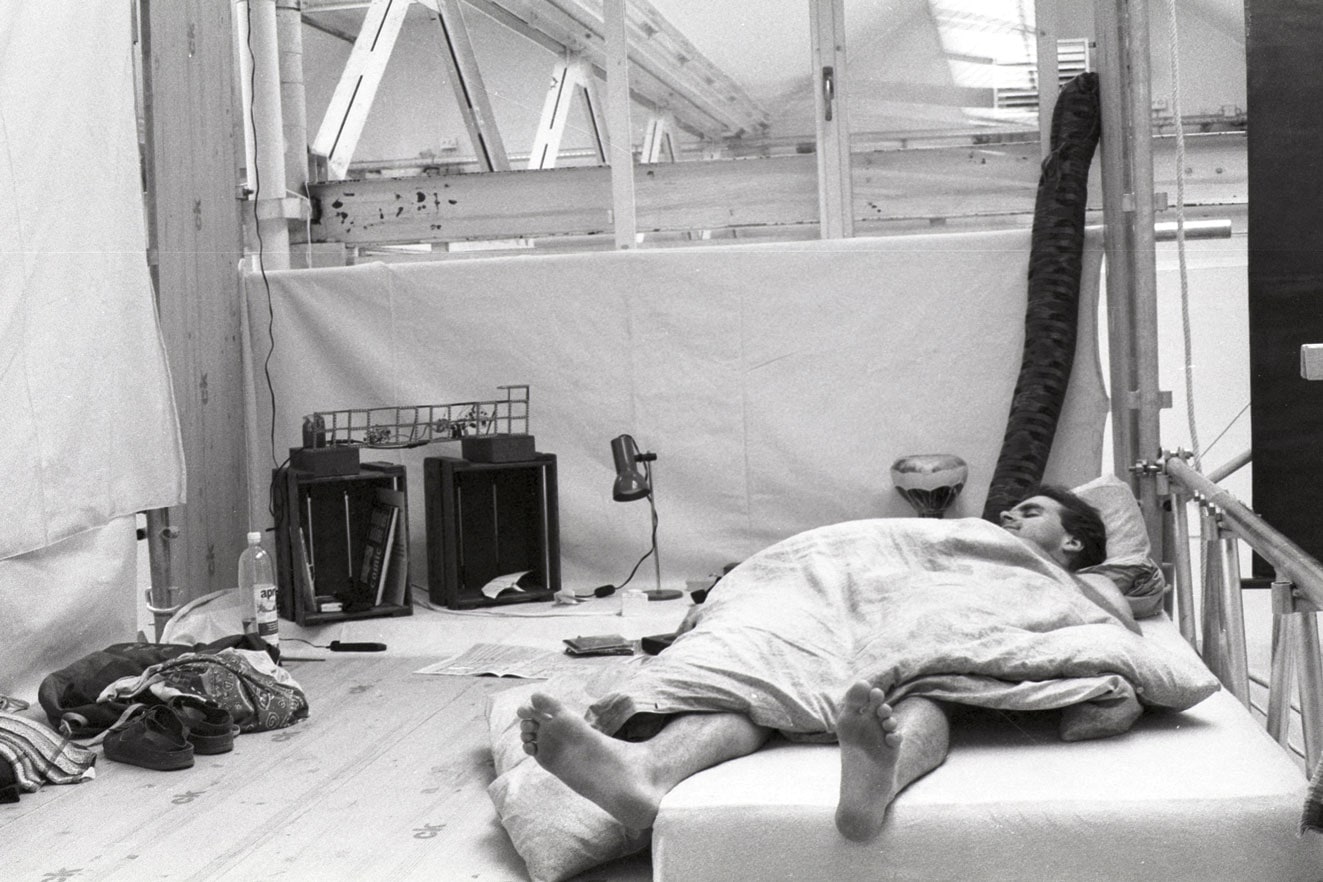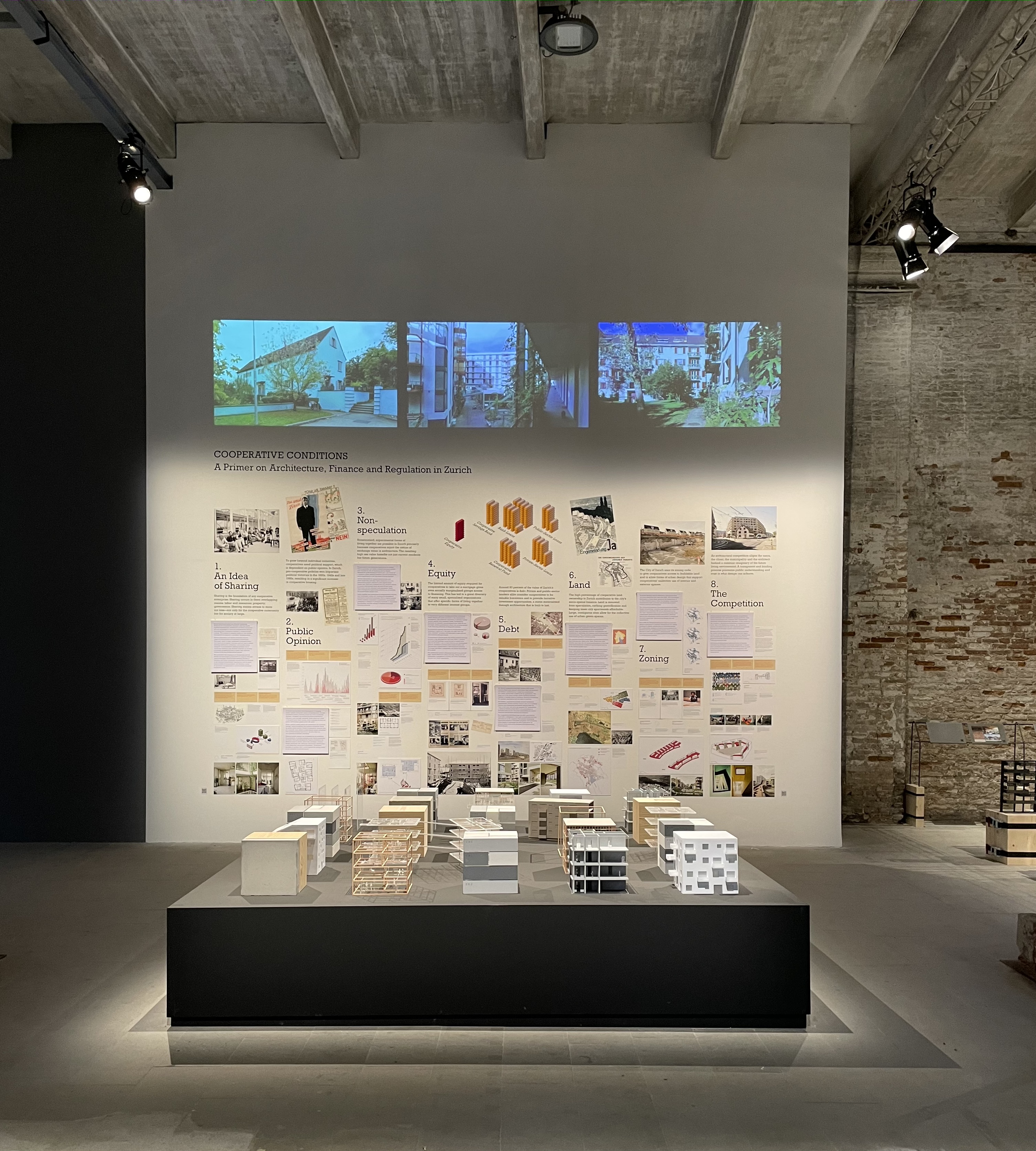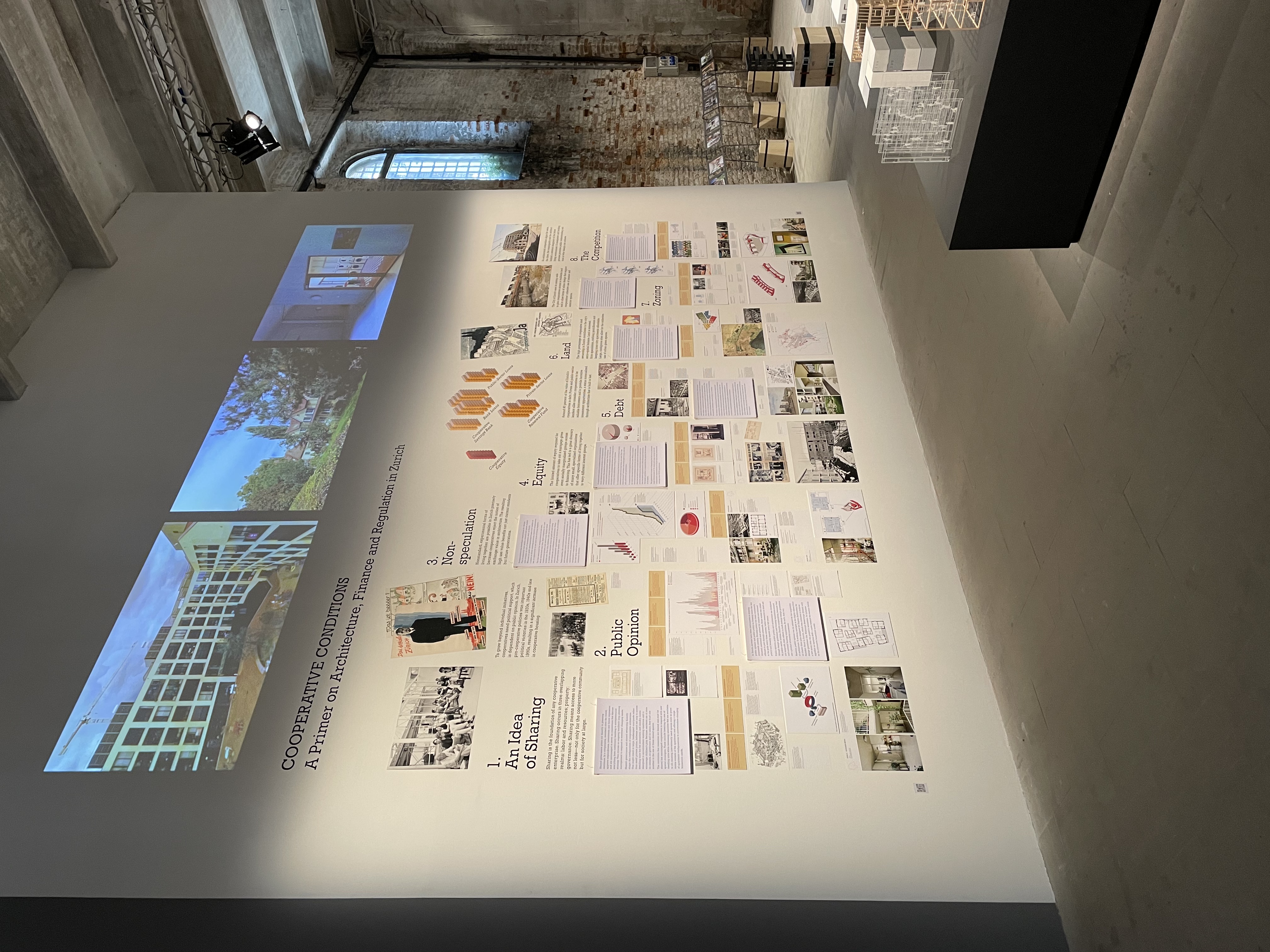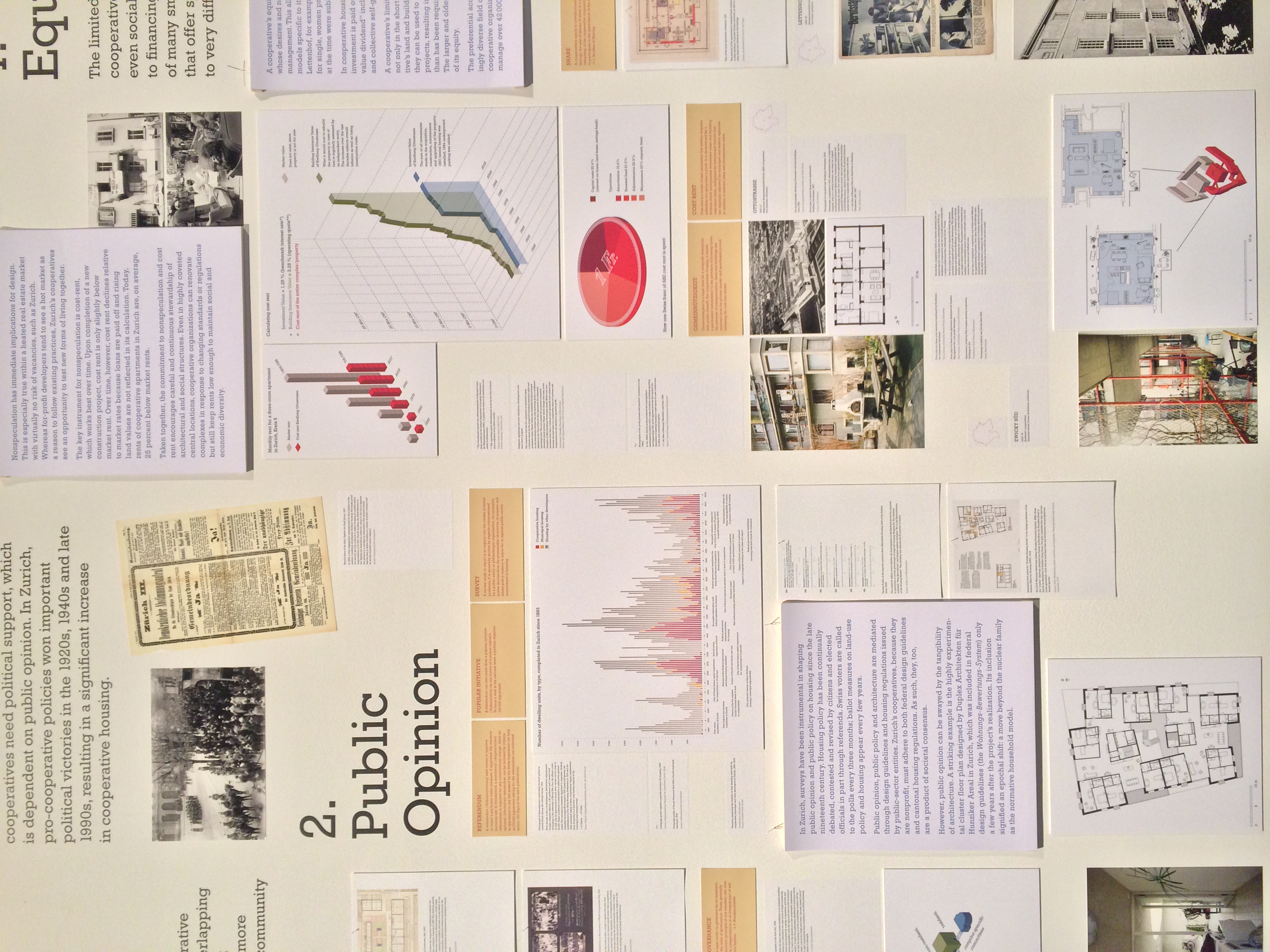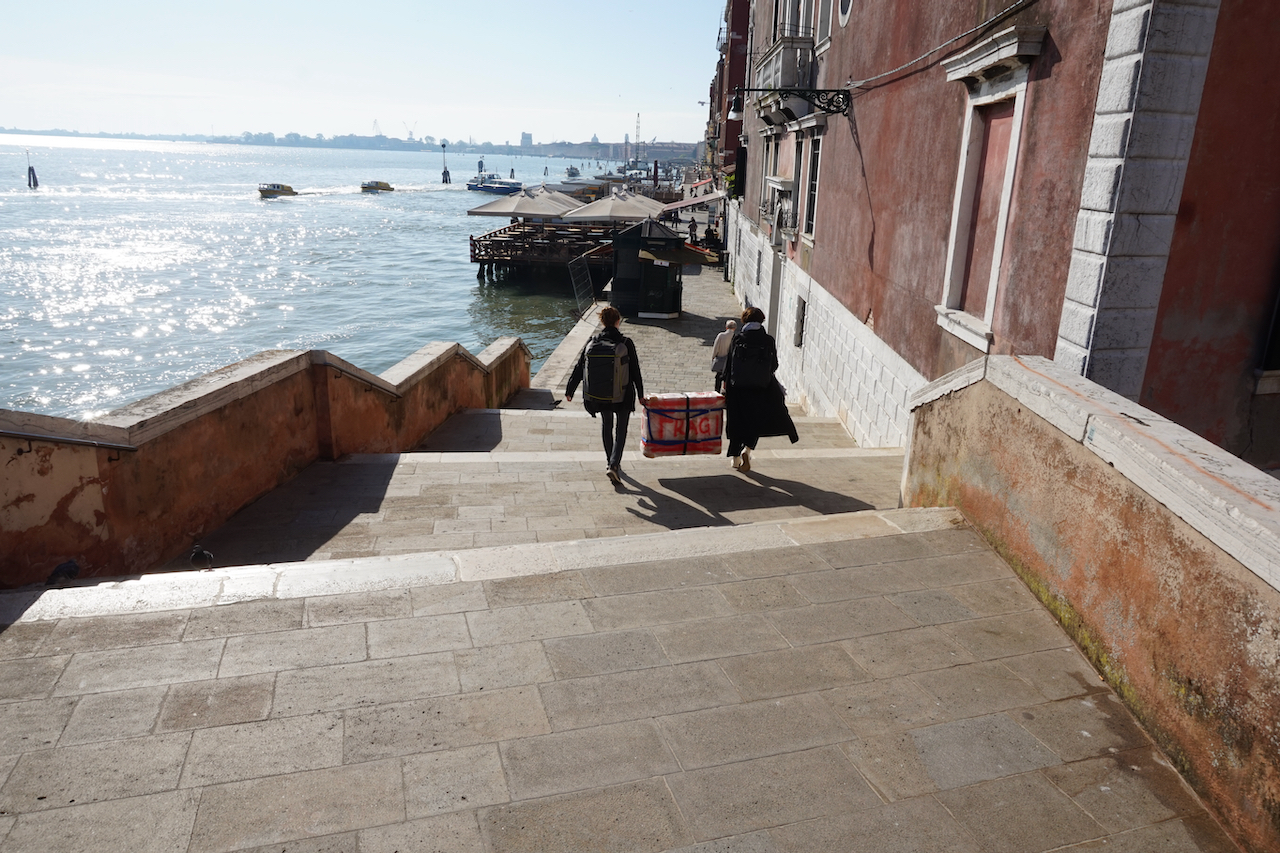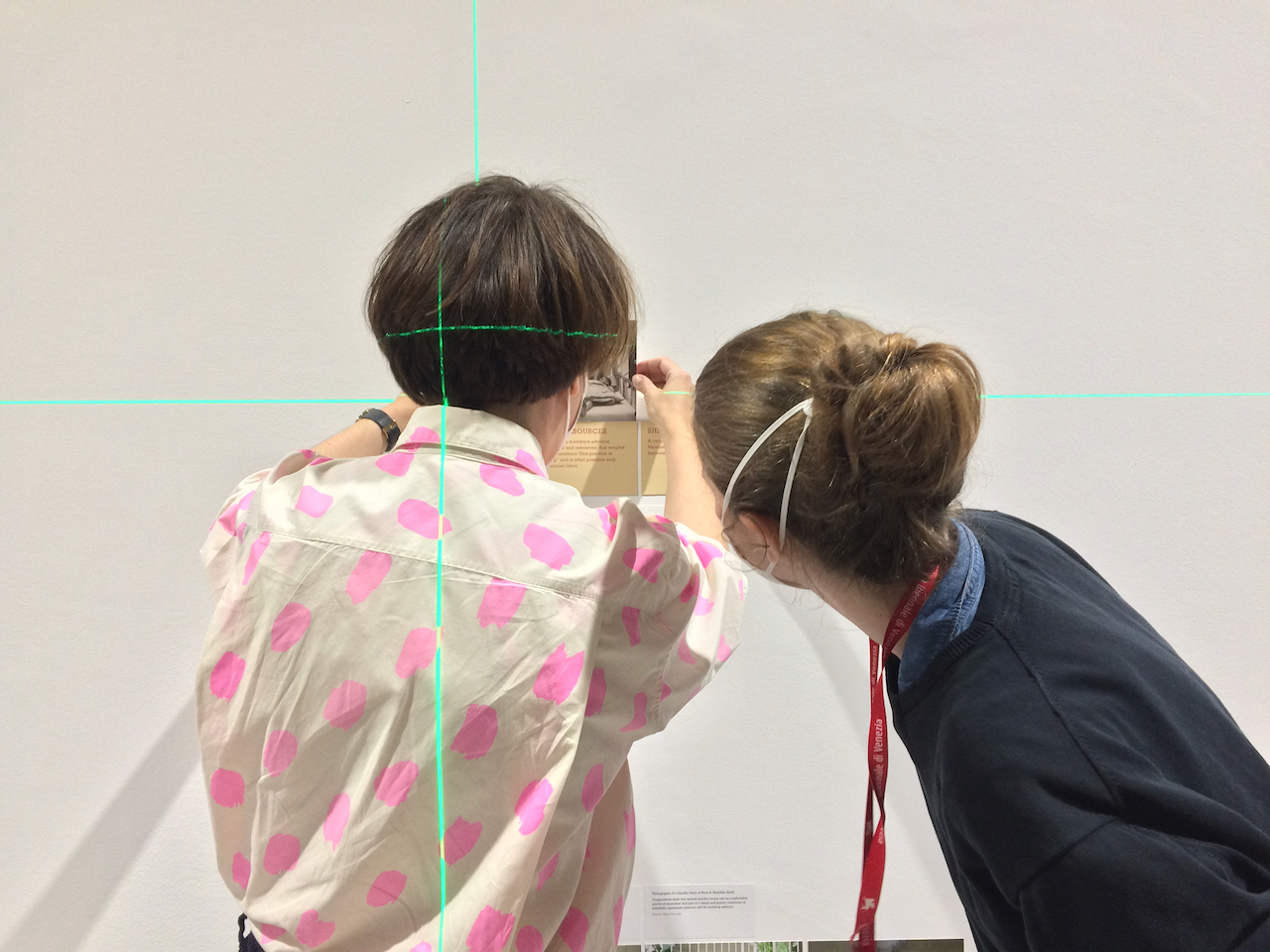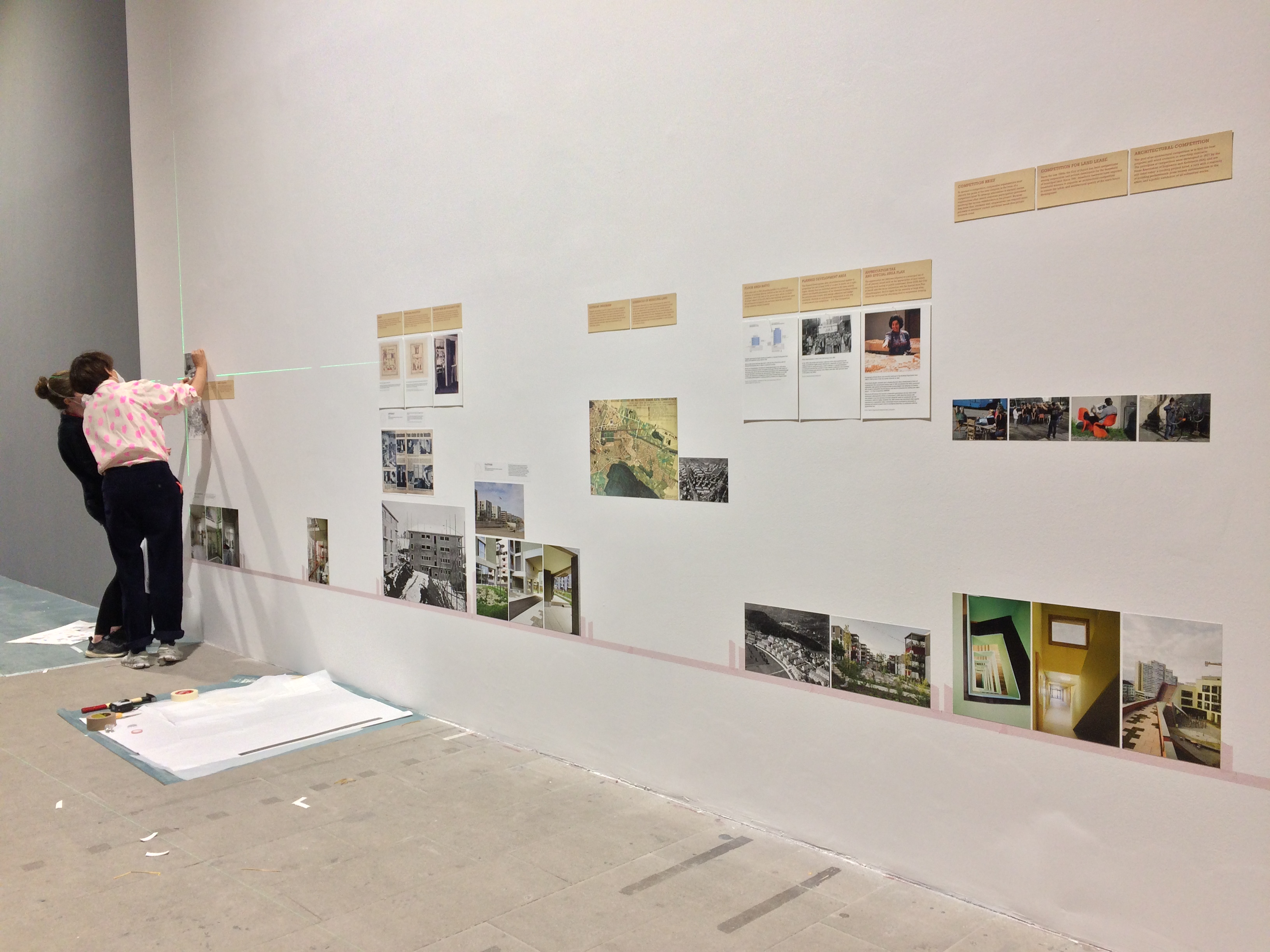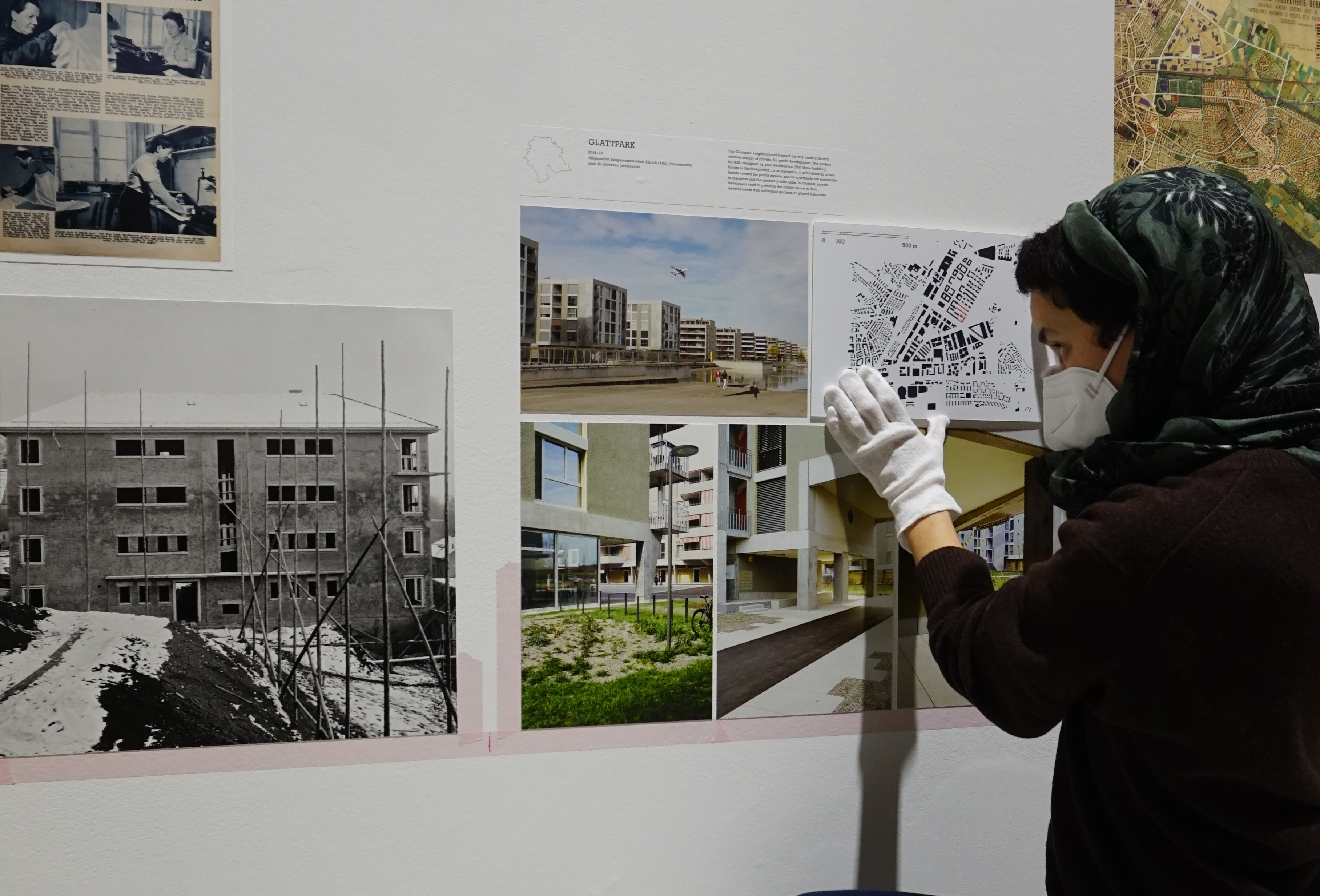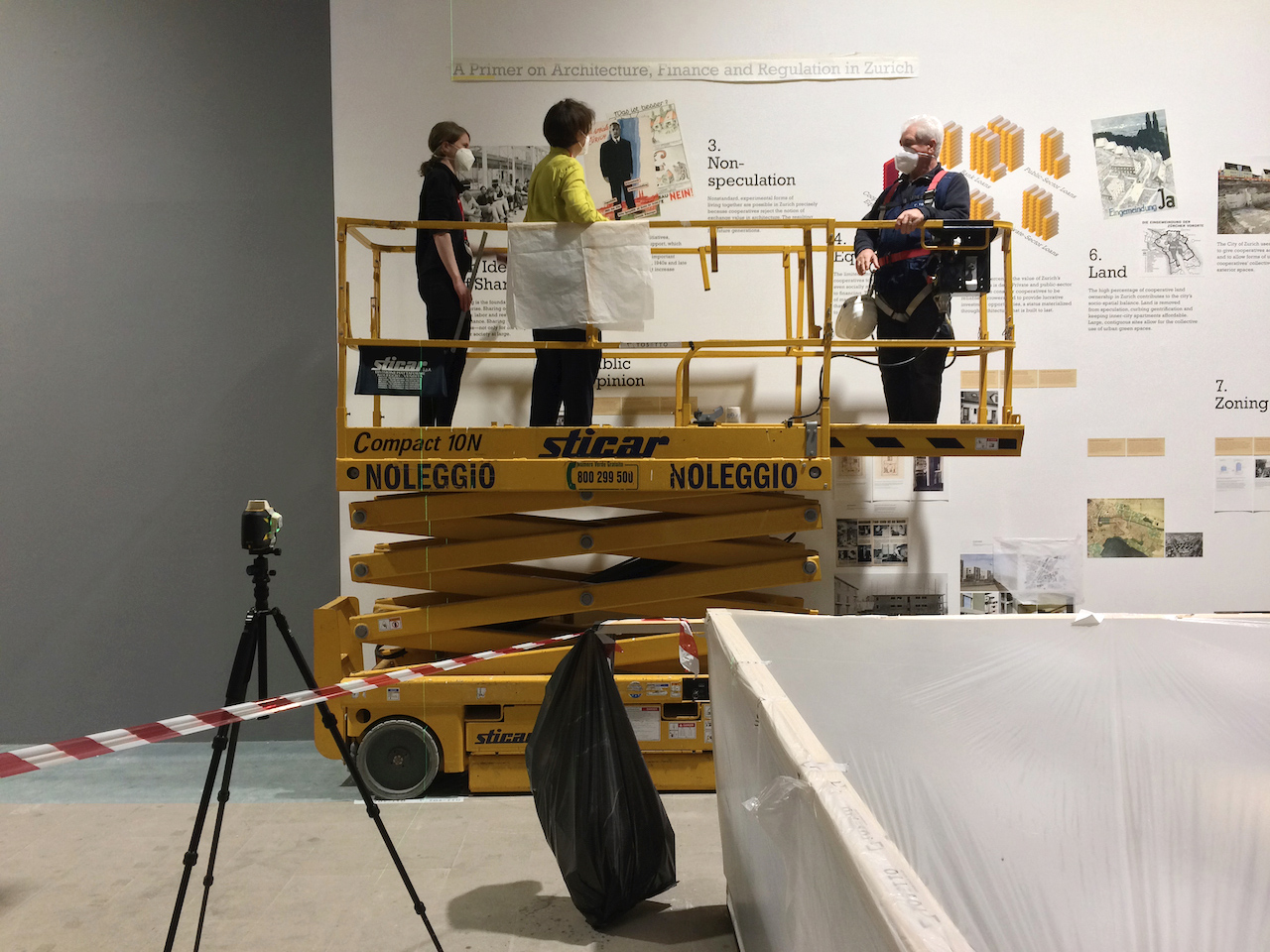1. An Idea of Sharing
Sharing is the foundation of any cooperative enterprise. Sharing occurs in three overlapping realms: labor and resources; property; governance. Sharing means access to more not less—not only for the cooperative community but for society at large.
Agency
Instruments
Documents

 Agency
Agency
Shared governance plays out directly in planning decisions. In a cooperative, members elect the board; approve expenditures, investments and future expansion; and are encouraged to serve on committees that discuss everything from community building to entrepreneurial strategy. This creates an ongoing feedback loop allowing management to respond to members’ changing needs.
Shared governance and shared ownership directly shape the configuration of cooperative architecture. This might result in large, landscaped courtyards rather than small private patios; hallways used not only to access dwelling units but for interaction; and laundry rooms designed to accommodate washing machines and to encourage children’s play. Because residents are at once co-owners, co-governors and co-users, they trust one another in the use of these shared spaces.
The conviction that resources are limited and must be shared has encouraged cooperatives to respond with new spatial strategies. These include lowering the size of dwelling units while increasing amenities that are available to all; locating intermittently used spaces such as guest rooms outside of the apartment; and offering a range of apartment configurations to accommodate changing household needs.

 Instruments
Instruments
Shared Labor and Resources
A cooperative is a community whose members advance common interests by sharing labor and resources. Any surplus value is shared equally among members. This practice is referred to as “mutual self-help” and is often possible only through uncompensated, volunteer labor.
Shared Property
A cooperative is a corporation co-owned by its members. Members become co-owners of a housing complex when they become residents and buy a share. 
Shared Governance
A cooperative is a legal entity co-governed by its members. Its bylaws define the rules of governance. These generally adhere to the democratic principle of one member, one vote. A commitment to nonspeculation is an integral part of any Zurich cooperative’s bylaws. 
Visualization: Monobloque
Source: Cooperative organizations (ABZ, Kraftwerk1 and Kalkbreite)
Zurich cooperatives can vary in structure depending on size and mission, but some features are common to all. Members elect the (volunteer) board and various (volunteer) committees, and the board makes strategic decisions and appoints the (professional) management. The purchase of a share makes a member a resident and co-owner of the cooperative.

 Documents
Documents
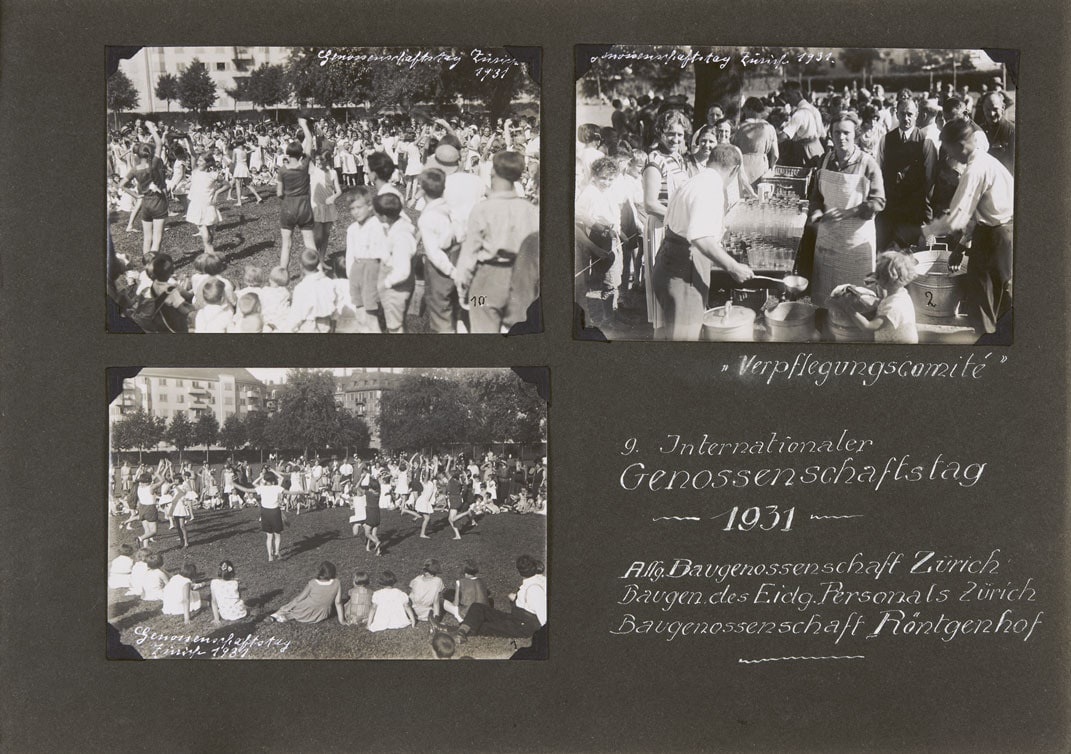
Source: Schweizerisches Sozialarchiv (ABZ F.03.2.30)
This event, staged to draw in the wider public, sought to spread the main idea animating cooperatives: collective action for shared benefit rather than competition for individual gain. That idea, itself older than capitalism, was transposed to housing production in industrializing Europe during the mid-nineteenth century. It was a response to the inability of both the state and private enterprise to respond to the housing and other needs of the working class and small entrepreneurs.

Source: Schweizerisches Sozialarchiv (ABZ A.32.15)
The markups in colored pencil show the temporary installations made for the festivities on the occasion of the complex’s opening in 1927. The drawing reveals the close attention paid to collective activities in shared spaces: a music stage in the center of the courtyard, seating and buffets, and even a lucky wheel. In one ground-floor apartment the cooperative exhibited architectural plans for the complex. It also furnished two apartments as showrooms for interested visitors. 
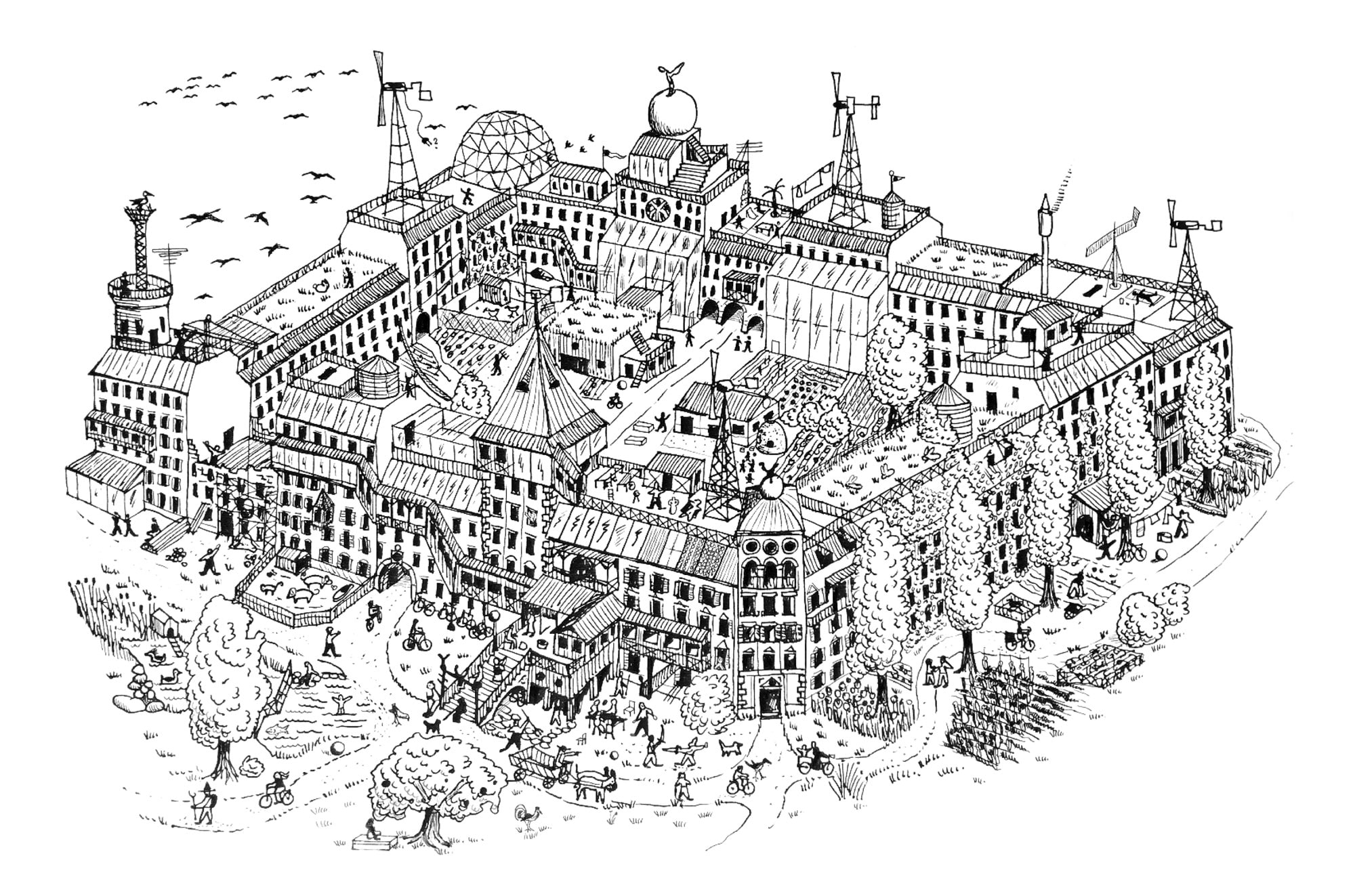
Source: P.M., bolo'bolo, Paranoia City Verlag, Zurich 2015 (1983)
Writing during the youth protests, a period when squatting was common in Zurich’s inner-city, the activist Hans Widmer proposed a self-sufficient alternative to capitalist housing production: the “bolo.” Capable of accommodating several hundred people, “bolos don’t have to be built in empty spaces. They’re much more a utilization of existing structures. In larger cities, a bolo can consist of one or two blocks, of a smaller neighborhood, of a complex of adjacent buildings. You just have to build connecting arcades, overpasses, using first floors as communal spaces, making openings in certain walls, etc. So, a typical older neighborhood could be transformed into a bolo like this.”
The Sofa Uni was a one-month installation in an industrial building conceived as a laboratory for new forms of large households. The event was initiated by a group of squatters, activists and architects dissatisfied with the type and cost of new housing in Zurich. It led to the creation of a new cooperative organization, Kraftwerk1. In their first publication, Kraftwerk1’s founders wrote, “What may be lacking in terms of individual comfort will be provided—just as in a high-end hotel—through shared luxury.” Other new cooperatives were founded in the 2000s following Kraftwerk1’s example.
Research: Kadir Asani, Armin Fuchs, Abbas Mansouri


